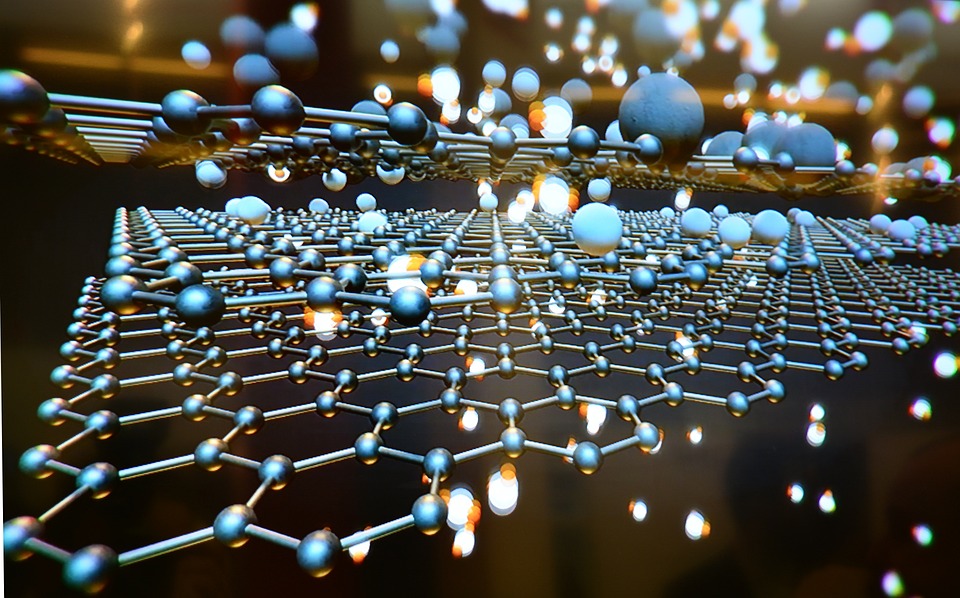Computer Aided Manufacturing (CAM) refers to the automation process, which accurately converts the product design and drawing or object into a code format, which can be read by the machine to manufacture the product. Computer Aided Manufacturing complements Computer Aided Design (CAD) systems to offer a wide range of applications in various fields of manufacturing. CAM evolved from the technology used in computer numerical control (CNC) machines that were used in the early 1950s. CNC involved the use of instructions encoded on punched paper tape and could control individual manufacturing jobs. However, CAM-controlled computer systems can control a whole range of manufacturing jobs simultaneously.
CAM allows work instructions and procedures to be communicated directly to manufacturing machines. The CAM system controls manufacturing operations performed by automated milling machines, lathes, welding machines, and other industrial tools. It transfers raw materials to different machines within the system by allowing regular completion of each step. Finished products can also be moved within the system to complete other manufacturing processes such as packaging, tuning, and making final checks and changes.
Some of the major applications of the CAM system are glassworking, wood turning, metalworking and spinning, and graphical optimization of entire manufacturing procedures. Rotational solids, flat surfaces and screw threads are produced by applying CAM systems.
The CAM system allows for the machining of 3D solids, using ornamental lathes, with greater intricacy and detail. Products such as candle holders, table legs, bowls, baseball bats, crankshafts and camshafts can be manufactured using the CAM system. The CAM system can also be applied to the diamond turning process to manufacture diamond cutting materials. Aspherical optical elements made of glass, crystals, and other metals can also be produced using CAM systems.
Computer Aided Manufacturing can be applied in the fields of mechanical, electrical, industrial and aerospace engineering. Applications such as thermodynamics, fluid dynamics, solid mechanics and kinematics can all be controlled using CAM systems. Other applications such as electromagnetics, ergonomics, aerodynamics, propulsion, and materials science may also use computer-aided manufacturing.


0 Comments